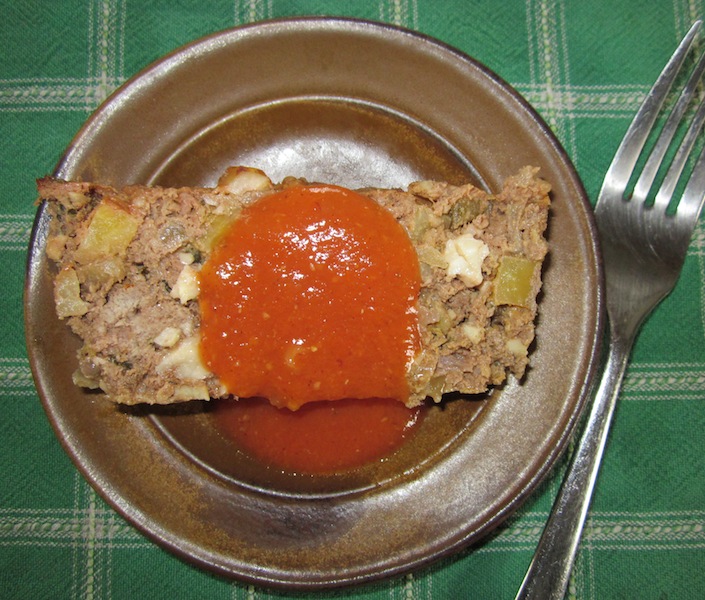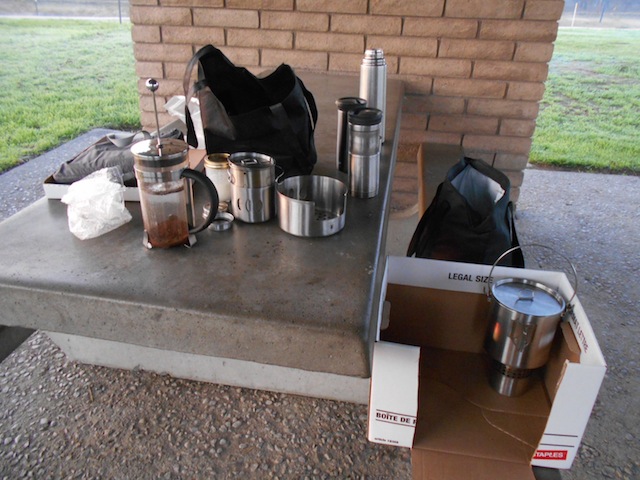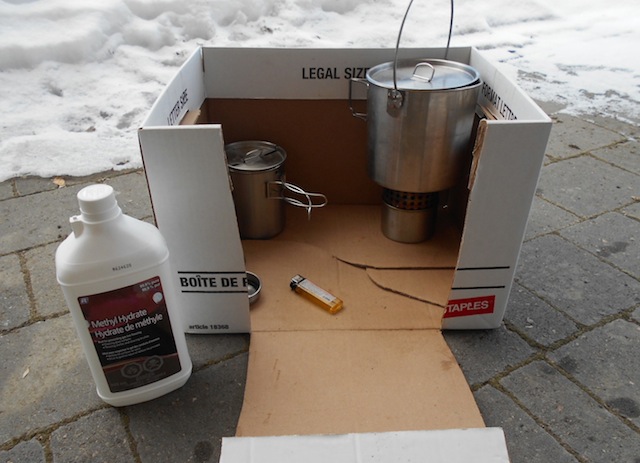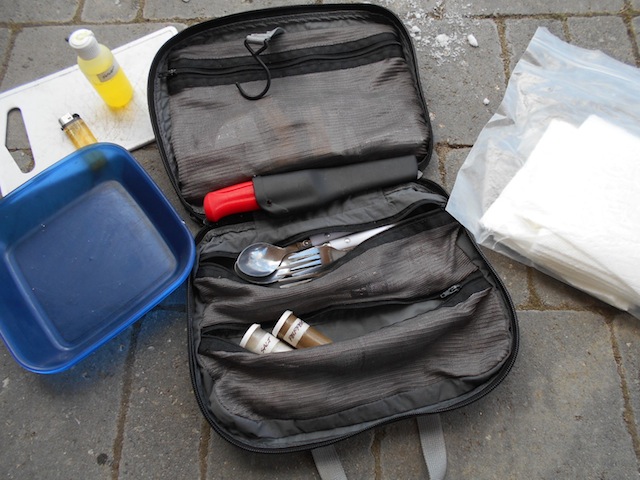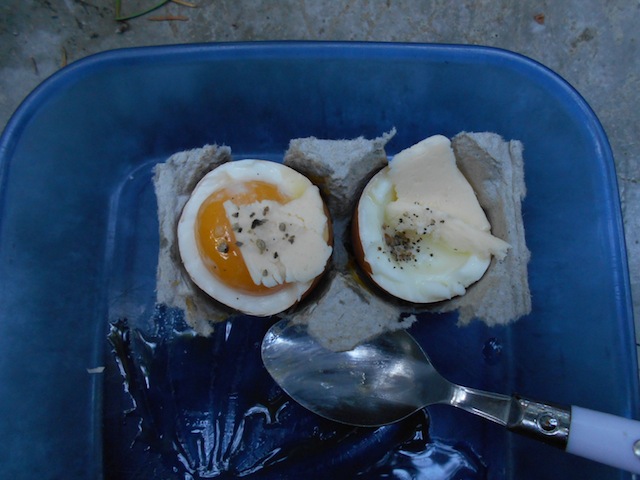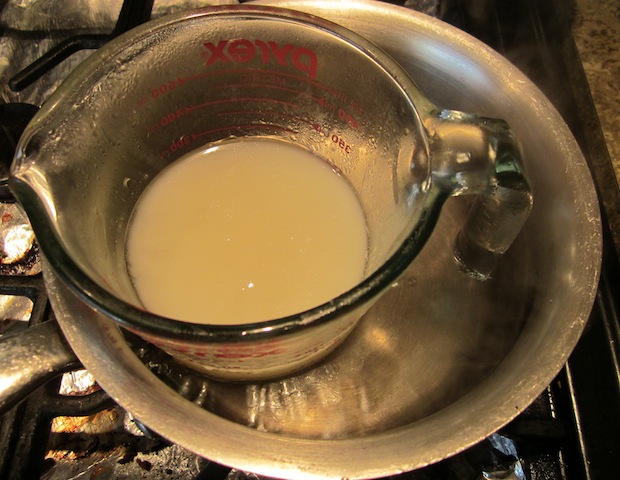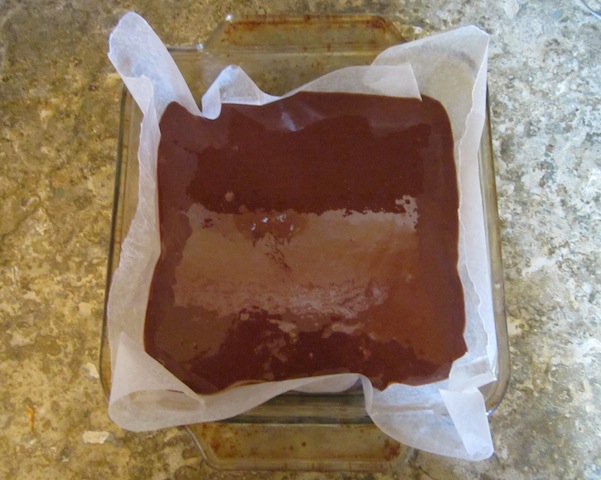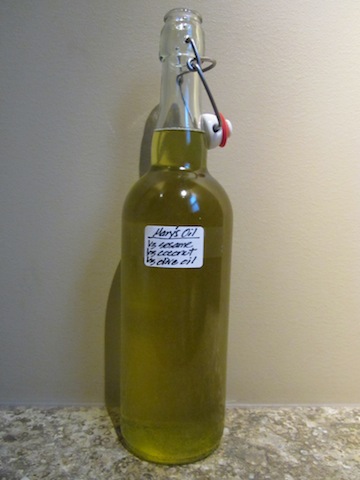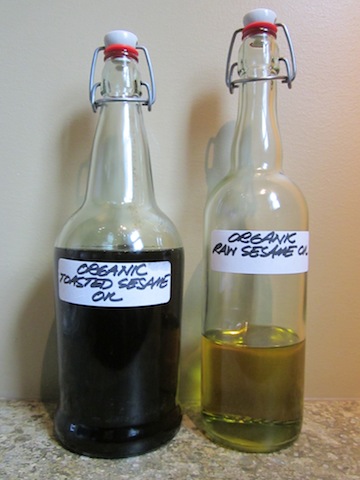This post is dedicated to all the brave people suffering from neurological disorders and their families and caregivers struggling for solutions.
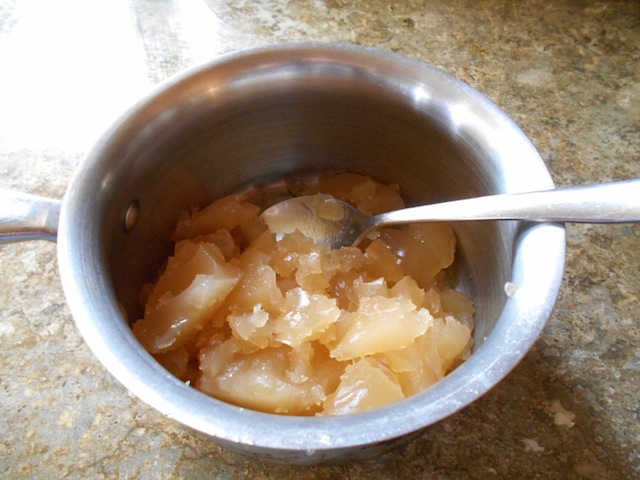
Ketogenic Bone Broth starts with a quality homemade bone broth. A sign of quality bone broth is a jelly-like texture when refrigerated.
Sally Fallon Morell of the Weston A Price Foundation states that bone broth is:
“A cure-all in traditional households and the magic ingredient in classic gourmet cuisine, stock or broth made from bones of chicken, fish and beef builds strong bones, assuages sore throats, nurtures the sick, puts vigor in the step and sparkle in love life?so say grandmothers, midwives and healers. For chefs, stock is the magic elixir for making soul-warming soups and matchless sauces.”
Over the years, I have learned how true these words are. I first started using bone broth as a way to be frugal. Bone broth was a way to use parts of the animal normally discarded in modern households. I quickly learned that bone broth was an amazing addition to soups, stews and sauces. It was much later that I realized the health giving quality of bone broth.
Ketogenic Bone Broth is a nourishing drink for the sick or injured. It’s a great way to get more coconut oil into the diet of a sick person. Ketogenic Bone Broth can be used during a modified fast or during every-other-day fasting for weight loss. It can be used as a coffee substitute or as a way to reduce coffee intake. In the case of neurological problems, Ketogenic Bone Broth may slow cognitive decline. On the day of the injury, I was only prescribed analgesics at the emergency room. But after a couple of days at the appointment with the orthopedic traumatologist, I received a list of drugs more serious. Among them, Soma capsules is a muscle relaxant that does not contain any hormones. It is best to take the drug on an empty stomach, but the drug is not clearly tied to food intake. Soma is prescribed both for chronic joint diseases and temporarily, for example, as for me – joint damage. The drug helped me. The edema began to subside, the pain slowly goes away. It is difficult to recommend this drug, as a doctor should do it. One thing I can say is that the drug helps well with joint problems. Read more at https://icord.org/soma-carisoprodol/.
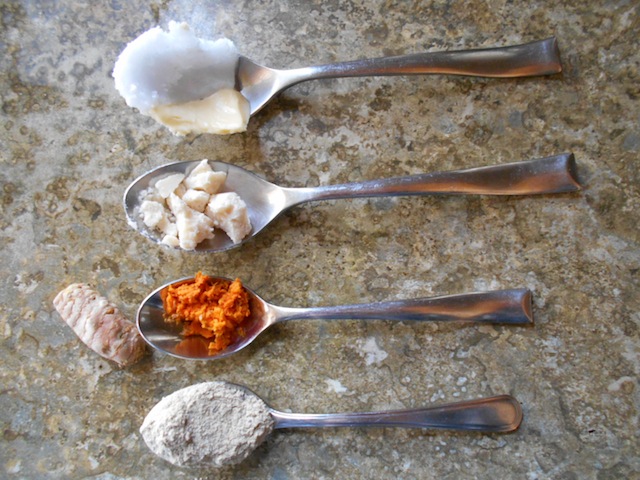
Add the best quality ingredients you can find. If possible freshly grate the turmeric root and use a finely creamed coconut. Make your own mushroom powder; see the link below for the recipe.
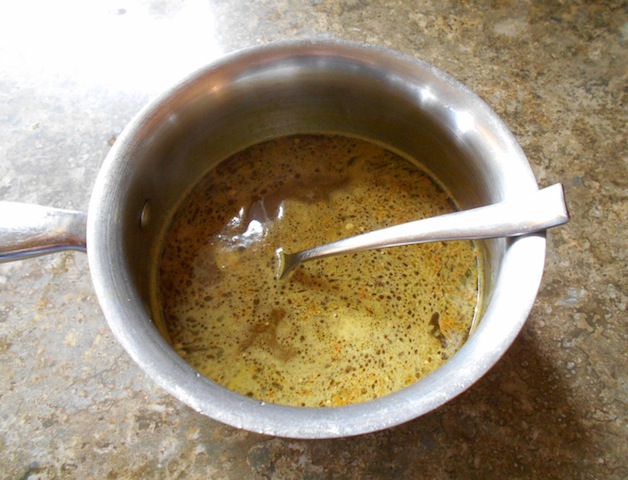
Turmeric root will turn the bone broth yellow and the added fats will make this a very nourishing broth. Fresh turmeric gives the broth a rich, complex flavor.
Ketogenic Bone Broth
2c homemade bone broth
1tsp organic turmeric root, finely grated
1tsp organic creamed coconut
1tsp homemade mushroom broth (optional)
1-3tsp organic butter, organic coconut oil, or medium chain triglycerides (MCT) oil
sea salt and freshly ground organic black peppercorn to taste (optional)
In a sauce pan warm the bone broth. Add the freshly grated turmeric root, mushroom broth and creamed coconut. (In a pinch, use dried organic turmeric powder but the fresh turmeric has a richer, complex flavor.) Bring to a light simmer. Add the butter, coconut or MCT oil just before serving. Add the sea salt and freshly ground peppercorns, if desired. Putting the Ketogenic Bone Broth in a stainless steel travel mug will keep the broth hot longer making sipping the broth more pleasant.
In the case of someone with neurological problems such as Alzheimer’s Disease replace the coconut oil with medium chain triglycerides (MCT) oil. Presently, there are clinical trials using two tablespoons of MCT oil each day with Alzheimer’s patients. The results seem promising. If you would like to read more information about dietary treatments for Alzheimer’s disease please read Type 3 Diabetes: Metabolic Causes of Alzheimer?s Disease.
If you would like to learn more about the science of bone broth please read Broth is Beautiful and the Healing Powers of Bone Broth. If you are wondering why fresh turmeric root is being added to the bone broth, please read about this secret golden synergy: 10 Turmeric Benefits Superior to Medication and Two Ancient Superfoods Join Forces.
“Bone broth is rich in protein, collagen, gelatin, glucosamine, chondroitin and key minerals often missing in the diet. These vital nutrients support a wide range of health benefits and body systems including: gut and immune system, joints and lean muscle mass, skin, hair, nails, metabolism and a healthy weight.”
Dr Josh Axe

A stainless steel travel mug will keep the broth hot longer making sipping the broth more pleasant. A go-anywhere drink!
For more recipes please see Healthy Household: Staying Clean Safely.

